2018 in a glimpse: materials revolution, Nobel laureates in economics, and students’ breathtaking art projects

Bacterial cellulose is one of the most incredible materials in nature. Photo Aleksi Poutanen
In January, Aalto University and Andritz Oy signed the dotted line to bring new bioproduct technology to the global market. This technology enables the ecological and economical production of micro crystalline cellulose, a substance that can be used as superfood for farm animals. We also shared a new home care operating model, developed by our researchers together with health care experts and cities. The model has improved services on top of lightening the workload of caregivers.
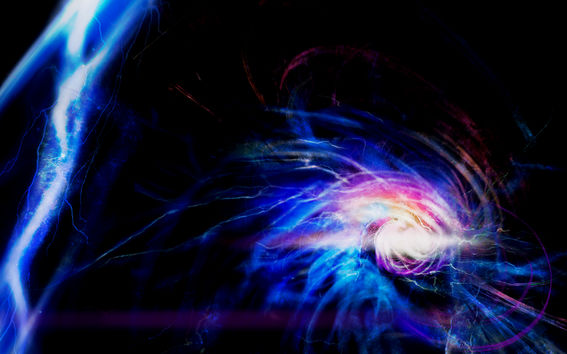
In February, we talked to Leigh Ewin, in charge of A Grid, the creative community of ambitious startups, companies and entrepreneurs on campus. Thanks to Finnish startup culture, he has settled into his new home country well. We also shared new of a new quantum particle found by our researchers, as well as an innovation that can significantly reduce complications from open heart surgery.
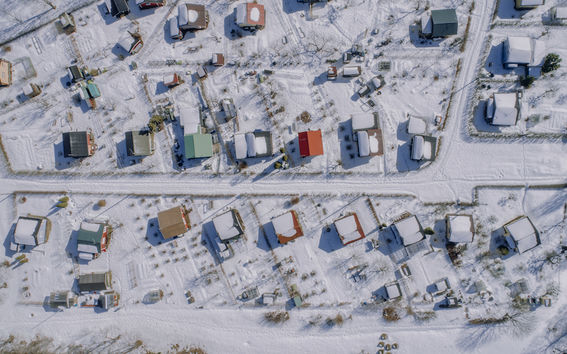
In March, we explained how routine programming may become history, as AI automates the design of gigantic information systems. Artificial intelligence can also make smart phones more accessible to users with disabilities, like tremors or memory disorders, by shaping interfaces for each group's special needs.
In April, we looked to the future and asked: what if retirement homes were replaced with grandma’s cottages? What if a touchscreen could be bent into any shape? The ‘What if?’ story and video series was hugely popular, and was deemed Europe’s best university communications initiative at the EUPRIO 2018 conference in Seville. That same month, we also wrote about the Bose-Einstein condensate created by our researchers, a telescope larger than the Earth, and ‘Ask the researcher!’ week, during which the leading digital experts offered free hour-long Skype chats to anyone interested.
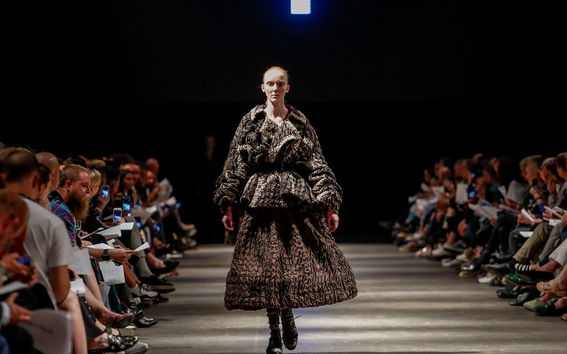
In May, Aalto Festival took place with over 60 events, and Aalto’s fashion show Näytös attracted the top names of fashion to Finland.
In June, we reported that our scientists had found a promising new material that can be used for the basic building blocks of quantum computers, and in July, we shared news of a heat valve built from qubits.
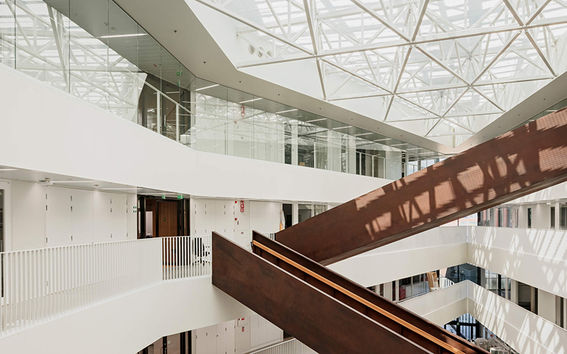
In August, Aalto University students took over Flow Festival with amazing art projects ranging from wall paintings to films, videos, workshops and architecture. Aalto University and VTT also signed a contract on the FinnCERES innovation ecosystem--selected as the Academy of Finland's flagship project. One of its objectives is to double the value of the Finnish forest industry through new products using biomass. We also wrote about a new tracking system using open satellite data, which can help protect rainforests.
In his opening address for the new academic year, President Ilkka Niemelä emphasised the role of universities in enabling lifelong learning. On Day One, the new building Väre was also celebrated for bringing all the departments of the School of Arts, Design and Architecture under the same roof for the first time The world’s first truly black solar panels capable of collecting winter light passed the tough industrial tests, and researchers demonstrated that AI applications detecting hate speech are ‘fools for love’.
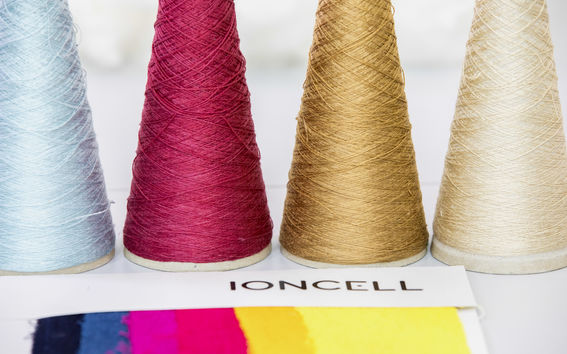
In October, Nobel Memorial Prize laureates in Economics Bengt Holmström and Jean Tirole, amongst others, gave speeches at the opening ceremony of the new Helsinki Graduate School of Economics. We also reported that Finland will be in charge of battery industry research into recycling in Europe under the lead of Aalto University and Outotec, and that a joint European project run by Aalto University received 10 million euros of funding for the development of new brain research, diagnostics and treatment. The EU invests billions of euros into research in quantum physics and technology, and Aalto University is part of three funded projects. The popular and celebrated Shaking up Tech brought 200 young women from various high schools in Finland Otaniemi in October.
In November, we revealed that Jenni Haukio would wear an ecological Ioncell dress made at Aalto University to the Finnish Independence Day reception. A group of Aalto University students designed comfortable and soothing sounds inspired by nature for the New Children’s Hospital, and Aalto's main building Dipoli was filled with coders during the Junction event, which has become Europe’s biggest hackathon. We also covered an application developed by our researchers for visualising water scarcity on a world map, which helps everyone evaluate the sustainability of their water consumption.
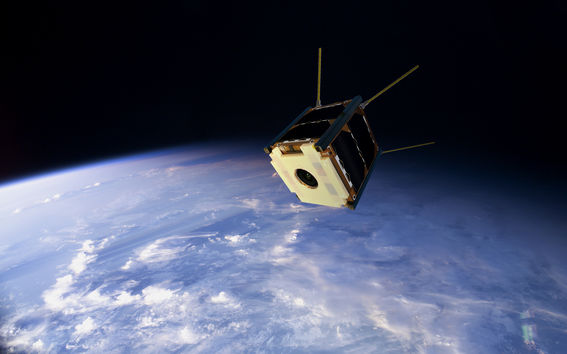
In December, Aalto’s material revolutionaries took over Slush. Researchers presented innovations like recycled fibres, bandages grown by bacteria, natural dyes and 3D printed implants to attendees of the world’s leading startup even. That same month, Aalto University’s Suomi 100 satellite, which celebrates 100 years of Finland's independence, was finally launched, after more than a year’s wait!
Read more news

DeployAI Partners Gather for Heart Beat Meeting in Helsinki
The European DeployAI project's partners gathered for the Heart Beat meeting hosted by Aalto University Executive Education in Helsinki.
Get to know us: Associate Professor Maria Sammalkorpi
Sammalkorpi received her doctorate from Helsinki University of Technology 2004. After her defence, she has worked as a researcher at the Universities of Princeton, Yale and Aalto.
Aalto computer scientists in ICML 2024
Computer scientists in ICML 2024